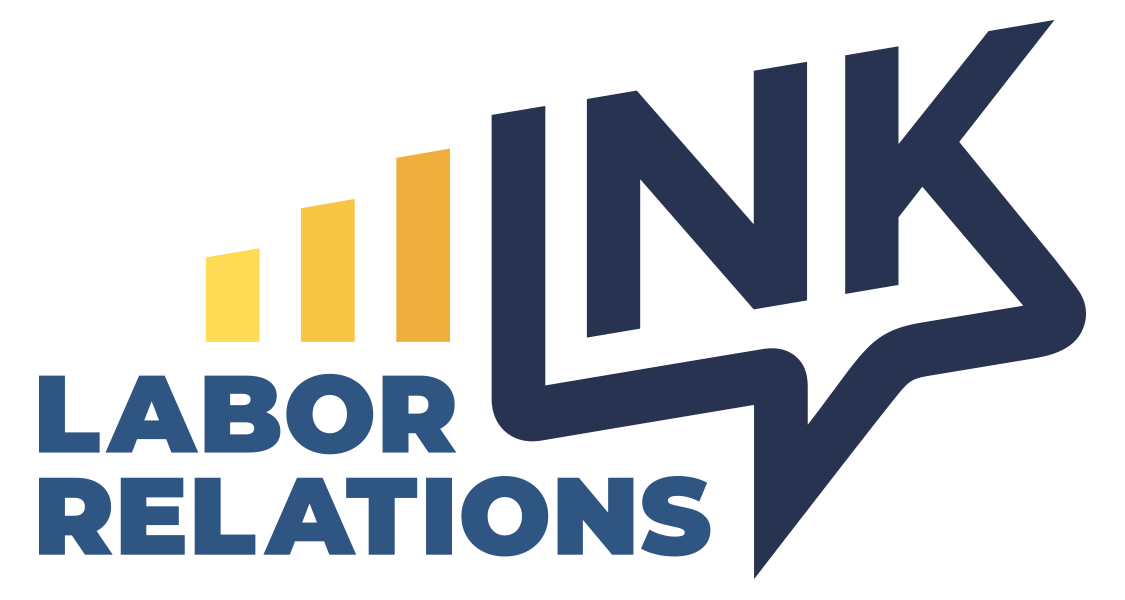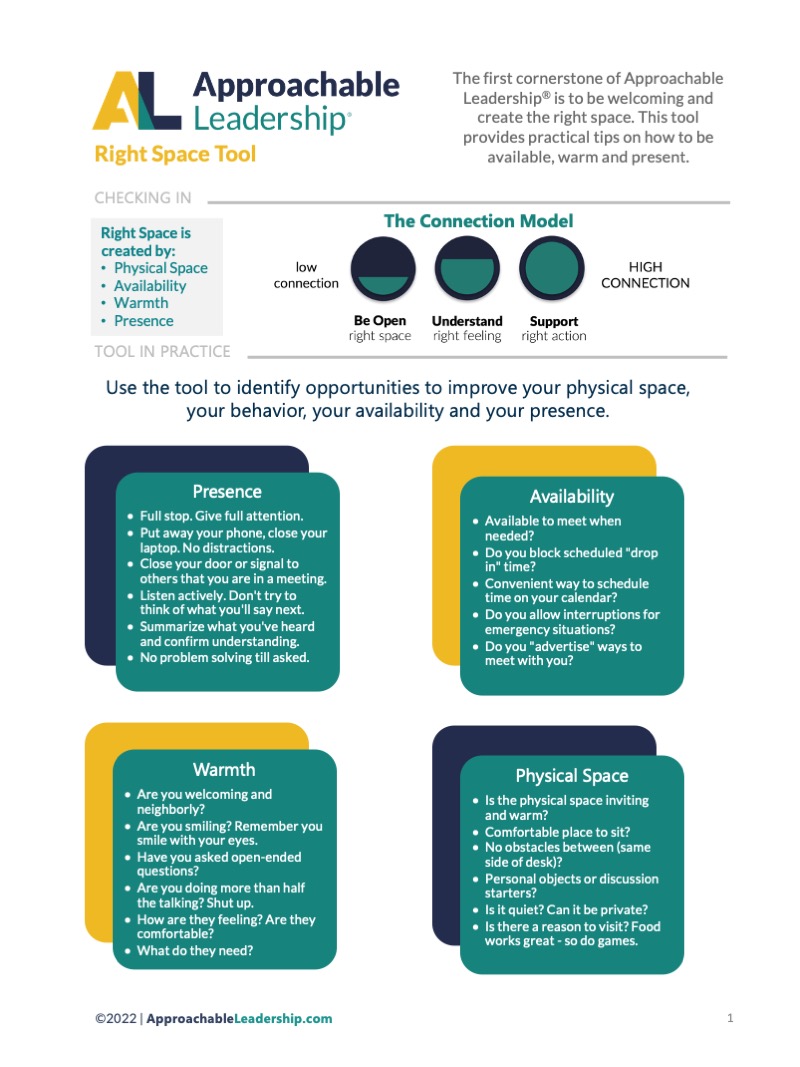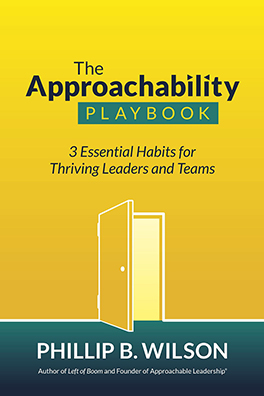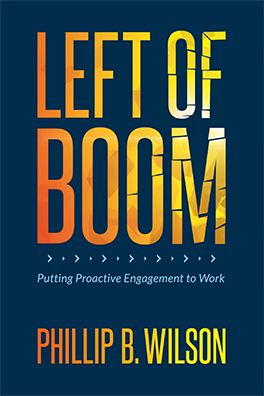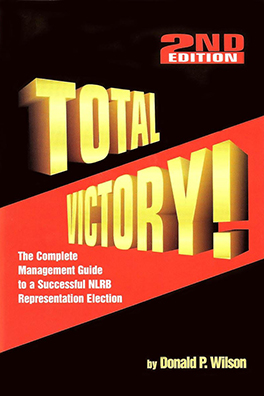FMCS Downsizes, Private Mediation Rises: What Employers Need to Know
In mid-2025, employers are being asked to roll with shifting goal posts as labor law morphs. A quorum-less NLRB has left little guidance to resolve unsettled disputes involving ULPs, and that’s not the end of the labor limbo.
Back in April, we told you about how an executive order (EO) instructed the reduction of a small but pivotal agency, the Federal Mediation and Conciliation Service (FMCS). This move meant throwing a wrench in the Big Labor machine, but employers will also face potentially costly changes due to the loss of FMCS’ free mediation and arbitration services. To that end, a quasi-private sector model is emerging.
Current state of FMCS: A few months after the EO, the agency was reduced from 143 mediators to five. Then in July, a federal judge ruled that mediators must be reinstated. However, the feds’ planned fiscal year 2026 budget has delivered what could be the final blow by only including funding for a total of 18 workers.
Clearly, the existing case load cannot be serviced by a skeleton crew, which would leave employers, and especially small businesses, without federal support for collective bargaining disputes. For reference’s sake, the agency’s claimed 2024 case load included 2,300+ negotiation sessions for collective bargaining impasses and almost 800 cases that required alternative dispute resolution (ADR) methods.
A new model: Cornell University is now launching the Cornell ILR National Conflict Resolution Service (NCRS), which will offer mediation related to collective bargaining disputes and training for seasoned and newbie mediators. The precise costs associated with NCRS’ forthcoming mediation for employers currently remain a mystery, but Cornell’s ILR School has a roster of mediators with advertised fee schedules that provides an idea of what could carry over into the official NCRS program.
Additionally, ex-FMCS Deputy Director of Field Operations Javier Ramirez will co-lead NCRS. And for those companies in need of ADR, NCRS will provide referrals to the American Arbitration Association (AAA), which is technically a non-profit organization but operates on its own fee schedule.
As well, some states will attempt to pick up some of FMCS’ duties, and that would probably include a ramping up of the California Public Employment Relations Board’s services, but with 50 states and 50 different methods, expect plenty of confusion on government-run offerings.
How employers can prepare: Unfortunately, companies will be opening their wallets to access private mediation and arbitration services during scenarios where they would previously look toward FMCS. And until now, FMCS was the go-to resource for employers to request termination or modification of collective bargaining agreements, so going forward, expired union contracts could likely stay that way, and more strikes could happen.
The toll could be significant on the economy, too. A recent op-ed by U.S. Air Force vet and former Director of Congressional and Public Affairs Greg Raelson argues, “Every dollar invested in FMCS returned over nine dollars in economic benefits” that kept workplaces including hospitals and factories running by preventing strikes and expensive closures.
What remains unknown is how Cornell’s federal funding could potentially have strings attached on how NCRS will operate. What is more certain, however, is that FMCS’ shuttering will at least temporarily create a vacuum that unions will exploit, likely leading to more strike threats and contract disputes that will require mediation, a service that is no longer a federal responsibility.
